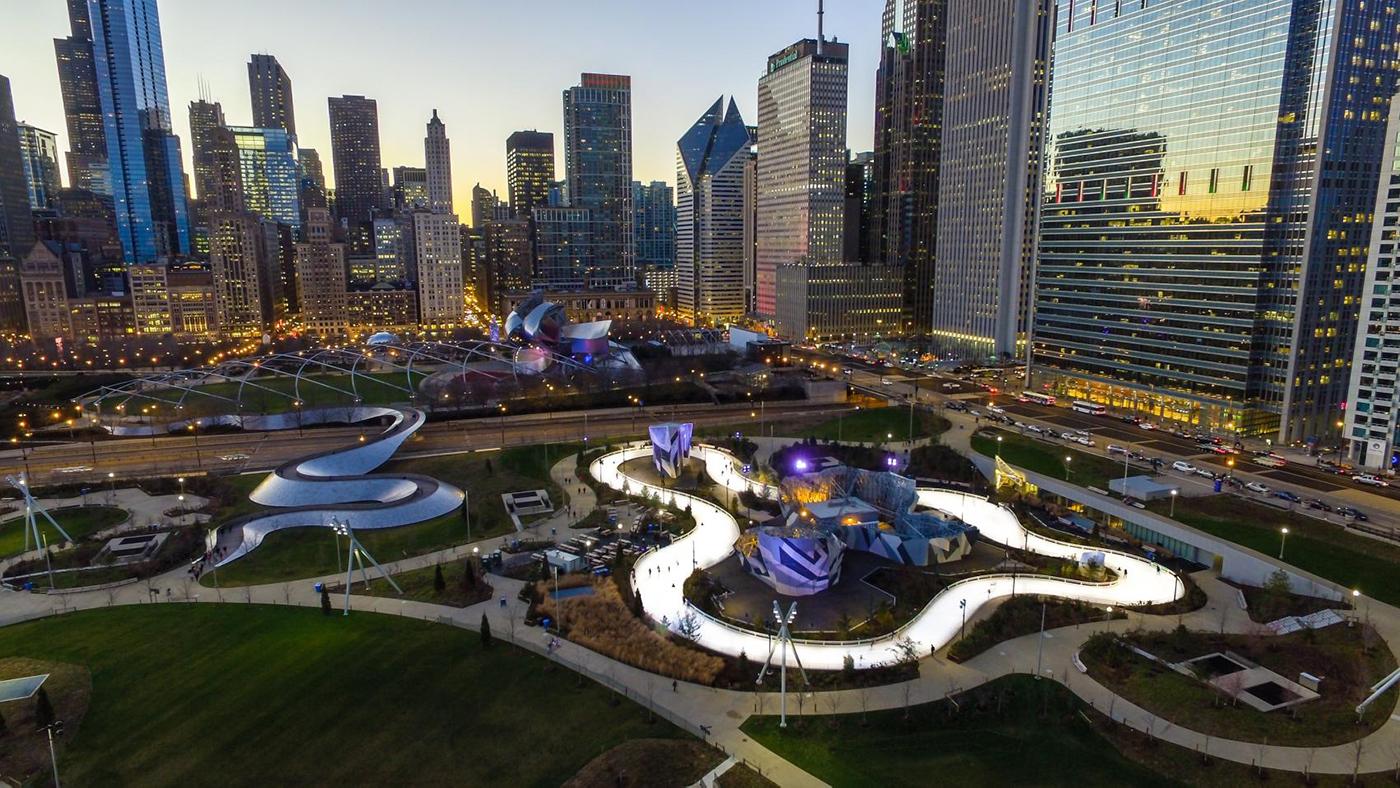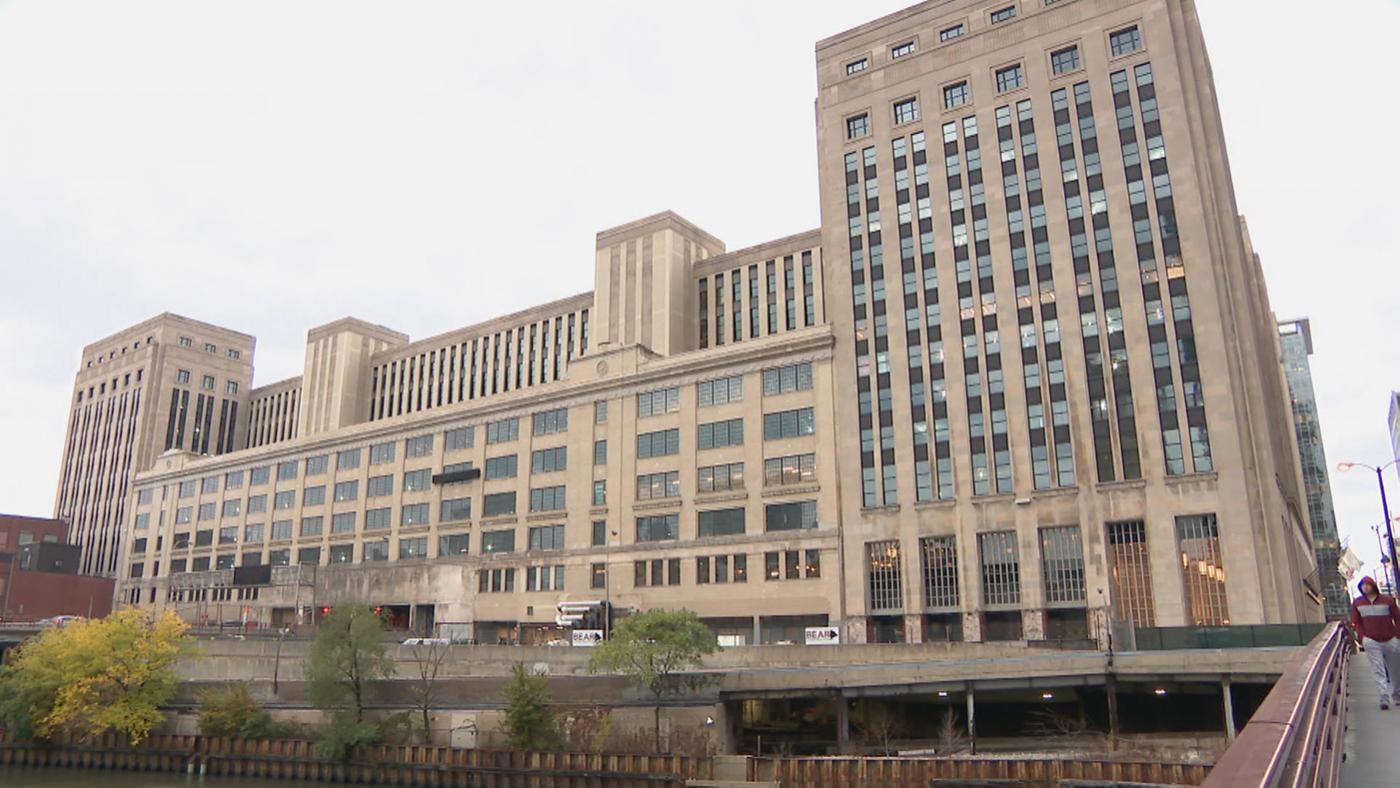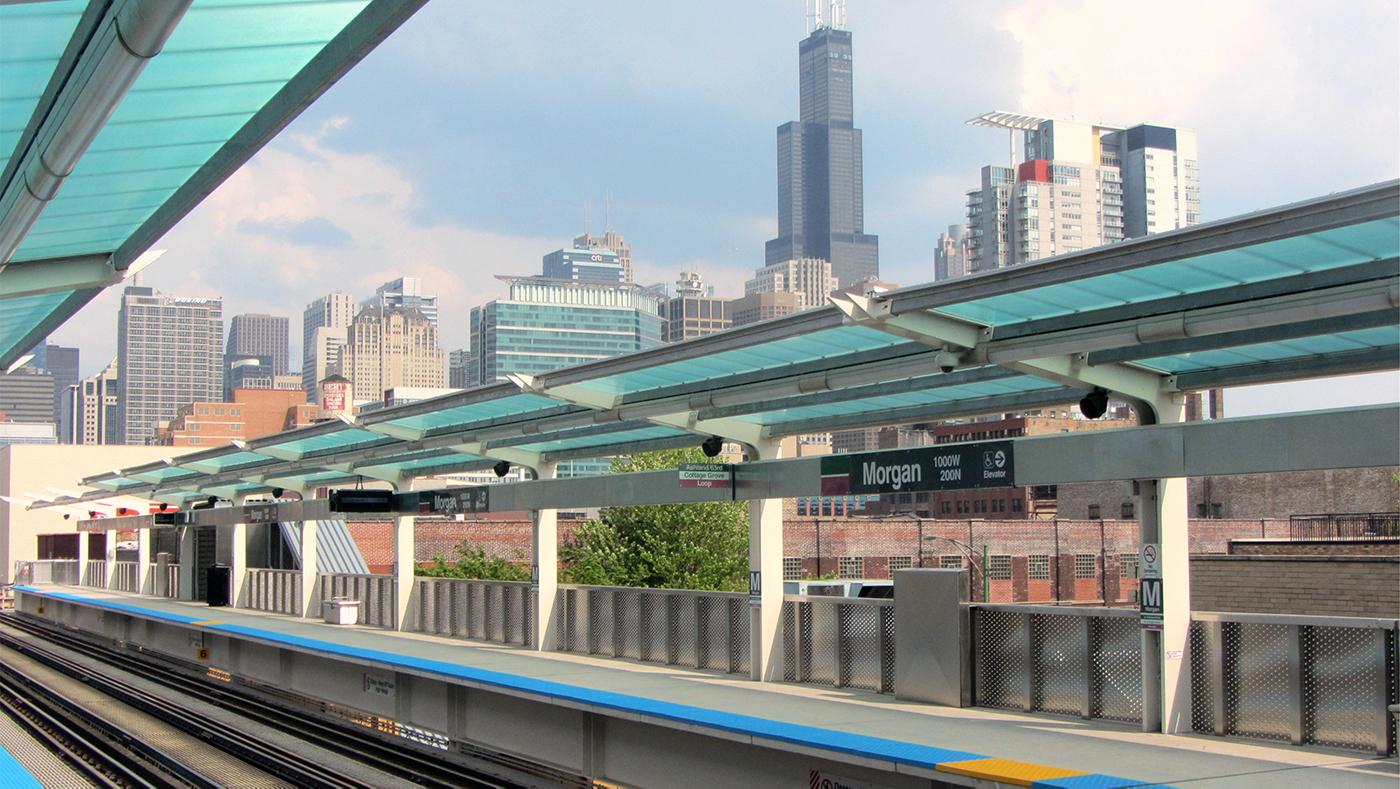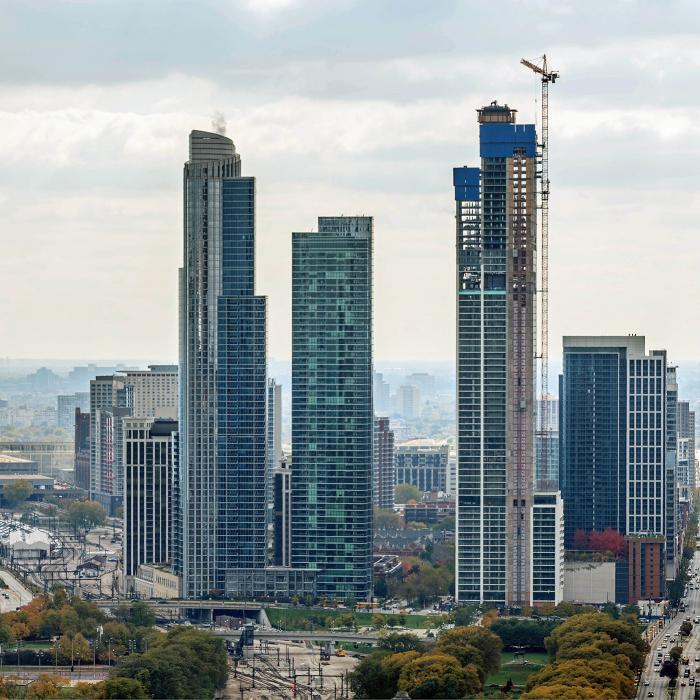A Decade in Review
Daniel Hautzinger
December 30, 2019

As we approach a new year and a new decade, the United States has an impeached president, Illinois is about to legalize marijuana, and Chicago has its first female African American mayor (also the first LGBTQ mayor). Where were we ten years ago, when a different decade was dawning?
To start, as 2010 began, the mayor of Chicago was nothing new, and definitely not a first: Richard M. Daley was in his twenty-first year as mayor (his tenure ended in 2011 when he declined to run for a seventh term), and was the second Daley, after his father Richard J. Daley, to hold the mayoralty. Statewide, Pat Quinn was entering his second year (of six total) as governor, following the impeachment of Rod Blagojevich the previous year, after he tried to sell the seat of a certain Chicago politician who had been elected President.
While Barak Obama had left Chicago for Washington, D.C., another local figure who inspired fervid national devotion was still here, though not for too much longer: Oprah Winfrey would end The Oprah Winfrey Show after 25 seasons in 2011 and sell the West Loop Harpo Studios in which it taped in 2014. Harpo Studios was bought by developer Sterling Bay (who would generate headlines and debate late in the decade for their controversial Lincoln Yards mega-development on the Chicago River) and demolished in 2016; it’s now the headquarters of McDonald’s, which, like many other companies in the past decade, moved corporate offices from the suburbs to the city.
Speaking of companies moving into the city, in 2010, the Old Post Office downtown was still vacant. Now, at the end of the decade, it has been completely renovated, and corporations like Ferrara Candy and Uber are moving in. Another behemoth downtown building, Merchandise Mart, was still just a furniture and design hub in 2010; now it’s also a center of Chicago’s tech industry, thanks in part to startup incubator 1871, which was established in 2012.
 The redevelopment of the Old Post Office downtown has lured companies into Chicago from the suburbs in a larger trend of corporate relocation to the city. Image: WTTW
The redevelopment of the Old Post Office downtown has lured companies into Chicago from the suburbs in a larger trend of corporate relocation to the city. Image: WTTW
McDonald’s aside, another significant company moved to the rapidly developing West Loop in the past decade: in 2015, Google opened Chicago headquarters in a former cold storage building on Fulton Market (another Sterling Bay project). That helped further accelerate redevelopment of the West Loop, which truly became a mecca for ambitious restaurants in the past decade.
2010 saw the opening of one of the best-known of those restaurants, Stephanie Izard’s Girl and the Goat. Ten years later, she now has three other restaurants in the area, while numerous other acclaimed chefs and restaurant groups have set down in the West Loop—even Rick Bayless ventured out from his River North base to open Leña Brava and Cruz Blanca in 2016.
Many of those restaurants have made their way onto the Michelin Guide, something that was impossible in 2010, given that the venerable French restaurant ranking organization had yet to visit Chicago. The first Michelin Guide for this city came at the end of 2010, with a coveted three star rating going to L20 (now closed) and Grant Achatz’s Alinea, which has maintained them ever since. In the year of that first Chicago Michelin Guide, nationally renowned restaurants Charlie Trotter’s (two stars the first year) and Moto (slighted the first year) were still open; not only have both since closed, but their idiosyncratic chefs also died during the past decade.
Ten years ago, if you wanted to take a car to one of those Michelin-starred restaurants but didn’t want to drive, you had to take a taxi. Uber was founded in 2009 but had yet to be launched anywhere; it came to Chicago in 2011, and has had a contentious rise since then. Fellow tech mainstays Instagram and Snapchat didn’t exist yet (they launched in 2010 and 2011, respectively), while digital tablets had yet to take over, although they had a good start with the release of the iPad in April, 2010. And digital assistants Siri and Alexa were still to come, appearing in 2011 and 2014, respectively.
 The opening of a new CTA station at Morgan in the West Loop brought a modern train stop to the neighborhood and its many innovative restaurants. Photo: David Wilson via Wikimedia Commons
The opening of a new CTA station at Morgan in the West Loop brought a modern train stop to the neighborhood and its many innovative restaurants. Photo: David Wilson via Wikimedia Commons
Tech wasn’t the only industry to blossom in Chicago over the past decade. In 2010, there wasn’t much extensive film or TV production in Chicago. But in 2011, Cinespace Chicago opened in North Lawndale, and the industry has grown ever since, with shows like Chicago Fire (and Med and P.D.) and Empire and films like Divergent and some Transformers movies shooting here. Divergent, by the way, was an adaptation of a book written by Chicago author Veronica Roth—and the 2010s would see another Chicago author’s blockbuster book turned into a film, Gillian Flynn’s Gone Girl.
In terms of closer-to-home TV, on WTTW in 2010, Elizabeth Brackett was still a full-time correspondent on Chicago Tonight (she died at the age of 76 in 2018), Joel Weisman still hosted Chicago Tonight: The Week in Review (he retired on the show’s 40th anniversary in 2017), and Alpana Singh was still in her first run as the host of Check, Please! (she left in 2013 and returned in 2018).
Brackett was an internationally decorated triathlete who often trained on the lakefront path. In the 2010s, several other large parks were added to the example of the lakefront. The 606 opened on an old rail line on the Northwest Side in 2015, while another linear park, the Riverwalk, was completed in 2016. Maggie Daley Park opened next to Millennium Park in 2015, and part of Northerly Island was transformed into a nature preserve. And while it’s not a park, Navy Pier got a makeover in time for its centennial in 2016.
Some taller construction projects sprang up over many of those new parks. Where the river splits and the Riverwalk (currently) ends, a number of buildings went up or are in the process of going up: 150 N. Riverside, River Point, and three Wolf Point Towers. Robert A.M. Stern’s One Bennett Park now towers above Streeterville, while the skyline in the South Loop in 2010 lacked a lot of buildings now there today, most notably Rafael Viñoly’s NEMA.
 NEMA (the building under construction in the image) was one of the most prominent towers to go up as part of a boom in construction in the South Loop. Photo: YoChicago via Flickr
NEMA (the building under construction in the image) was one of the most prominent towers to go up as part of a boom in construction in the South Loop. Photo: YoChicago via Flickr
NEMA pays clear homage to the Willis Tower, whose name change (and the resistance it inspired) in 2009 was a harbinger of more name changes in the 2010s. The John Hancock Center (which turned 50 this year) became 875 N. Michigan Avenue in 2018, and the Museum of Science and Industry announced a few months ago that they will be adopting Kenneth C. Griffin’s name in honor of a massive donation. One new name was celebrated: the renaming of Congress Parkway to honor journalist and anti-lynching activist Ida B. Wells.
In 2016, the White Sox’s U.S. Cellular Field (previously Comiskey Park), became Guaranteed Rate Field. And while the Cubs’ ballpark is still Wrigley Field, the area around it has been dramatically transformed by new development in the wake of their drought-breaking, epoch-making World Series win in 2016. Another Chicago team had a championship-filled decade: the Blackhawks began the 2010s with three Stanley Cups, and by the end of the decade they had doubled that, taking home the trophy in 2010, 2013, and 2015.
In less competitive games, the decade saw a significant founding: that of the Chicago-based Cards Against Humanity. In other entertainment, Chance the Rapper’s meteoric rise happened over the course of the decade. But it wasn’t all up for Chicago companies: the local news site DNAinfo Chicago didn’t exist at the beginning of the decade, nor did it survive to see the end of it—although Block Club Chicago has filled some of the gaps. And with that reminder that journalism is important—how else are you supposed to know what happens over the course of a decade—we leave you with a happy new year!







